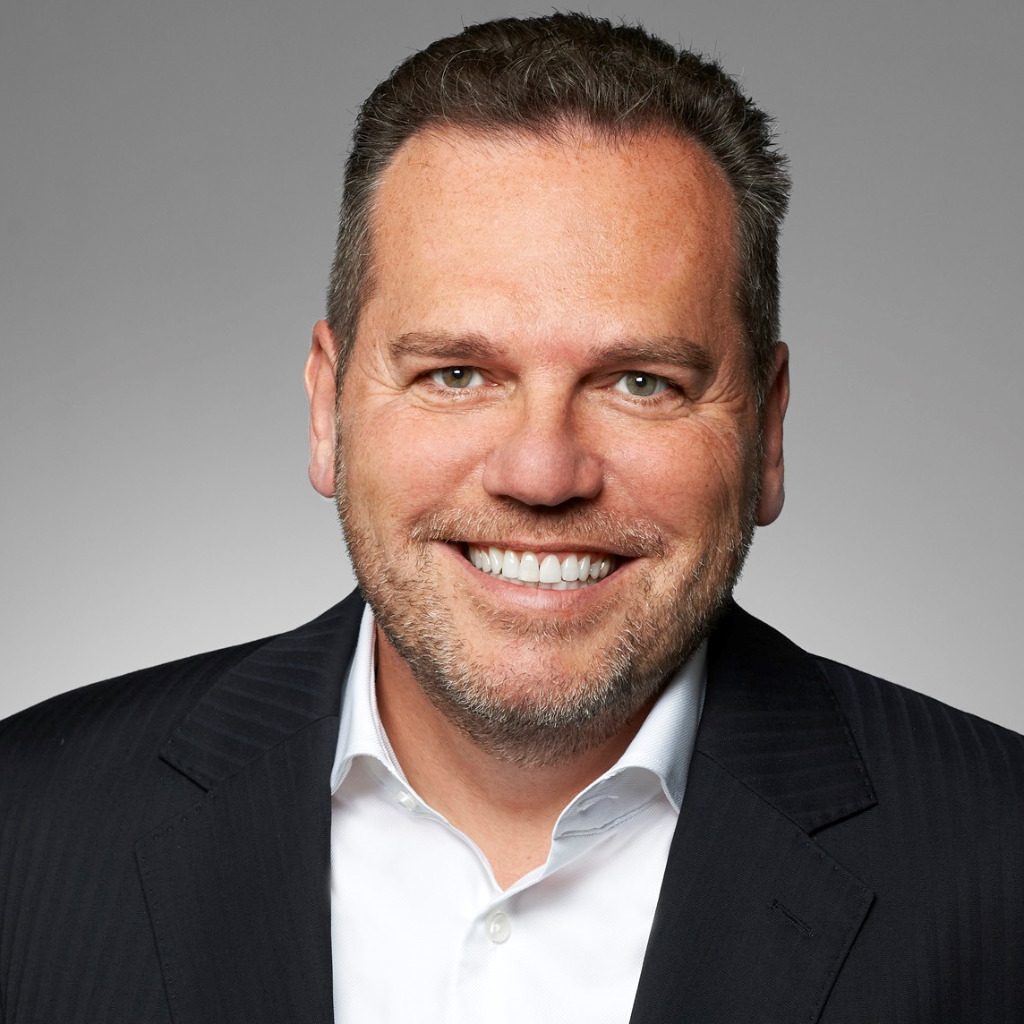

Consumers are educating themselves on both the explicit AND implicit costs of working with their advisors.


They are asking about all the fees and costs to trade with their online brokers. They have brought additional attention to the all-in cost of investing, and clients are going back to their advisors looking to better understand the cost of owning their mutual funds and ETFs. Most importantly, there is additional transparency in the wealth management industry due to these neo-fintechs. On the trading front, Robinhood is winning individual trading accounts by offering $0 commissions to execute clients’ trades, and traditional online brokers have been forced to reduce their commissions. It is clear that competition and innovation have created additional value, which has accrued to consumers in the form of lower-trending fees and more transparency across the investment industry. They will serve this more profitable customer segment, but what about the underserved segment that has less than $3 million in investable capital? Larger clients with more than $3 million of investable capital typically have more complicated financial needs, so wealth management firms logically will continue to exist. Traditional wealth managers also add value through additional services like lending (mortgages/lines of credit), banking (checking/savings), and financial planning (complicated trusts and wills). Schwab’s Intelligent Portfolios (their robo-advisor) already has more AUM than Betterment and Wealthfront combined, and it is aggressively priced at a 0 percent management fee. These new wealthtech firms do not even show up on the radar for market share, and larger incumbent wealth mangers have rolled out their own automated investing tools to compete. Despite this, Betterment is rapidly approaching $20 billion in AUM and Wealthfront is more than $10 billion in AUM.Īll that being said, it is estimated that the high-net-worth-individual market has net investable assets over $26 trillion in the United States alone, for 2019. This is evident as the CBOE Volatility Index (VIX) has hovered close to 20 since 2018, compared to being anchored around the low to mid-teens from 2012 to 2017.

At UST I supported two senior portfolio managers and my own book of business, which totaled $1.5 billion in assets under management (AUM). Trust for more than four years, and having joined directly from The College of New Jersey, it was the only corporate environment I really knew. It has been almost two years since I informed my boss that I would be leaving Bank of America U.S. Ben speaking to the fintech intensive cohort An industry shift to robo-advising
#Svp 2019 full#
Sitting with him at lunch, I realized that my MBA had come full circle. As general counsel of Betterment, one of fintech’s most promising startups, Ben could have been working with regulators to shape industry governing policies or creating structure within a rapidly expanding startup, but instead he was on Roosevelt Island having lunch and speaking with students eager to learn about wealthtech. View of Queensboro Bridge from the Cornell Tech campusīen Alden ’06 crossed the East River to take more than four hours out of his hectic day to speak to our fintech cohort.


 0 kommentar(er)
0 kommentar(er)
